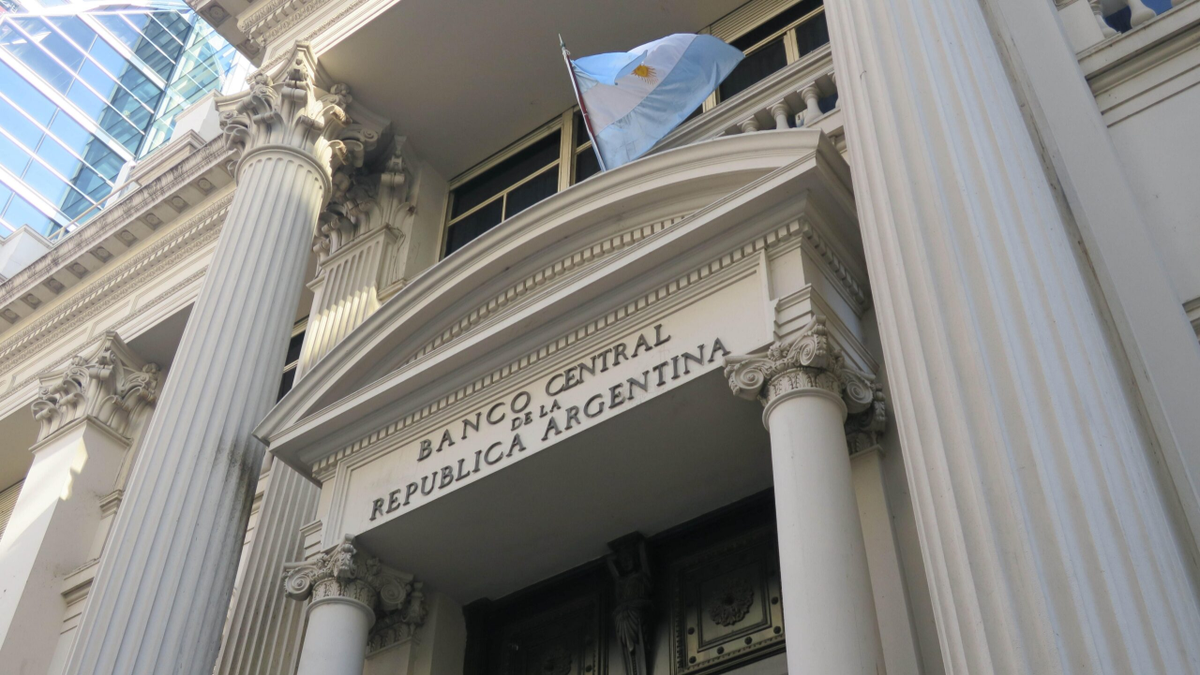In a context of growing exchange tensions, the Central Bank intensifies its operations in the financial dollar market to stop the escalation of prices. The strategy, which involves using reserves to intervene in key bonds, seeks to contain the gap and stabilize expectations, although it raises questions about its long-term sustainability.
In recent days, the Central Bank of the Argentine Republic (BCRA) intensified its intervention in the financial dollar market with the aim of stop the recent price increase. This practice, recurring in recent years, seeks contain exchange gaps and stabilize the market. Although it is not a new strategy, the magnitude of the operations carried out recently shows the concern about the speed of movements in the price of the dollar.
The content you want to access is exclusive to subscribers.
Growing gaps
Just a week ago, The difference between the official dollar and financial dollars had reached historic lows since the implementation of exchange restrictions in 2019.with values between 1% and 3%. However, in the last four days, this situation changed abruptly: the gaps widened to a 15% in some cases, currently located between the 9% and 16%. This increase prompted the BCRA to intervene aggressively in the market.


The intervention strategy
The price of MEP dollarone of the financial instruments most used by investors, is determined from the price of assets that operate in both pesos and dollars, such as the bonus AL30. During yesterday’s session, the volume of operations with this bond greatly exceeded usual levels, indicating the direct intervention of the BCRA.
The mechanism used is clear: the BCRA cbuy dollar denominated bonds (AL30D) to increase its price through greater demand, while sells equivalent bonds in pesos (AL30) to reduce its value. This imbalance generates a direct effect on the implicit price of the dollar. For example, yesterday at 15:30, the AL30 was trading at $86,550while the AL30D did so at u$s 74.25resulting in an implied dollar of $1,165.65. After BCRA operations, prices closed at $85,750 and US$75.13respectively, reducing the implicit dollar to $1,141.35a drop of almost $20.
Impact on reserves
These operations are not free of costs. By intervening, the BCRA uses its international reserves to buy bonds in dollars. This generates a net loss of reserves, a limited resource in a context in which they are at negative levels. However, this type of strategies is considered necessary to avoid destabilizing movements andn the exchange market.
Although heThe current gap of 10%-15% is significantly smaller compared to levels above 150% recorded in previous years, the speed of the dollar’s rise in recent days set off alarms. The acceleration of these movements could trigger inflationary effects and generate negative expectations among investors.
Causes of the recent rise
Various factors explain the increase in the price of the financial dollar. First of all, The reduction in interest rates made it less attractive to the operations of “carry trade”which had kept the price of the dollar controlled in previous weeks. Furthermore, the start of payment of bonuses and the proximity of the holidays could have generated greater marginal demand for foreign currency.
Government reserves and strategies
Despite having negative net reserves To address these interventions, it is important to highlight that recent money laundering allowed an increase in deposits in the financial system. This, in turn, facilitated the issuance of credits that fueled the “carry trade” and they enabled the BCRA to repurchase dollars, now used to control the market.
From the ruling party, it is maintained that These interventions also have a sterilizing effectremoving pesos from circulation. However, the volume and the timing of the operations reinforce the hypothesis that the main objective was to stop the recent rise of the dollar.
Source: Ambito




